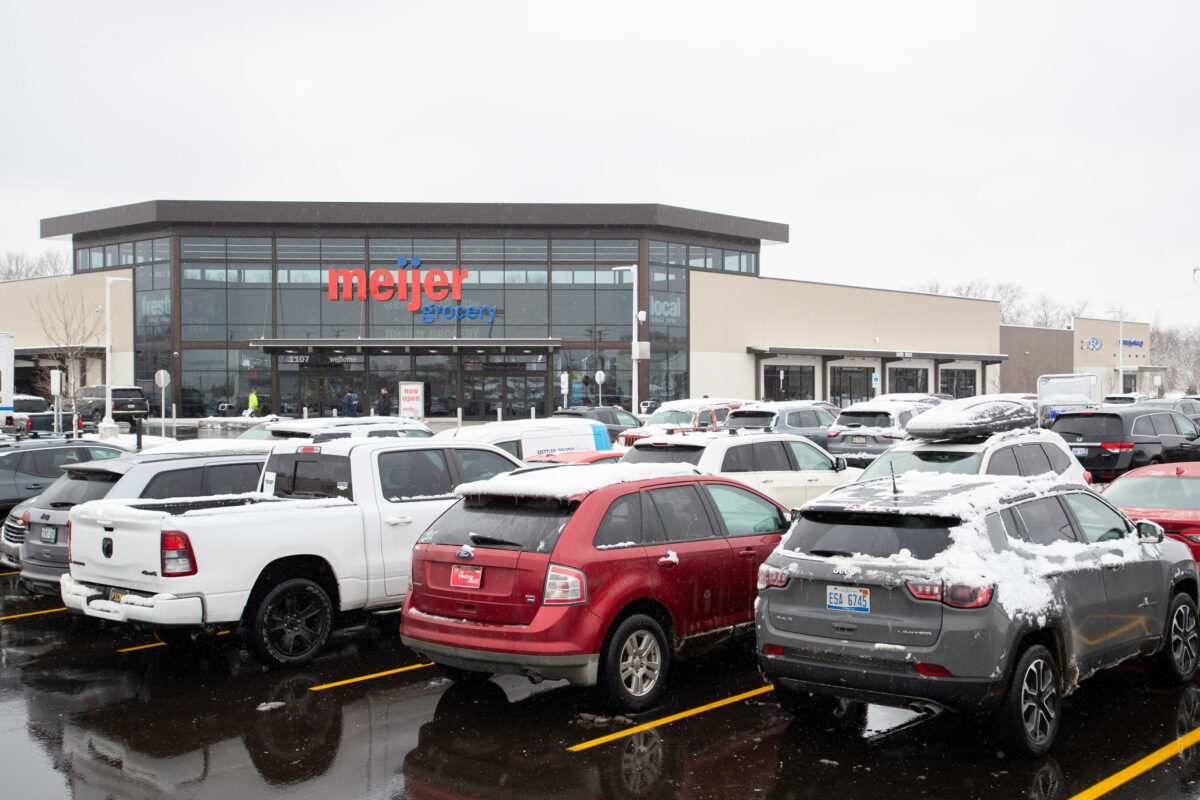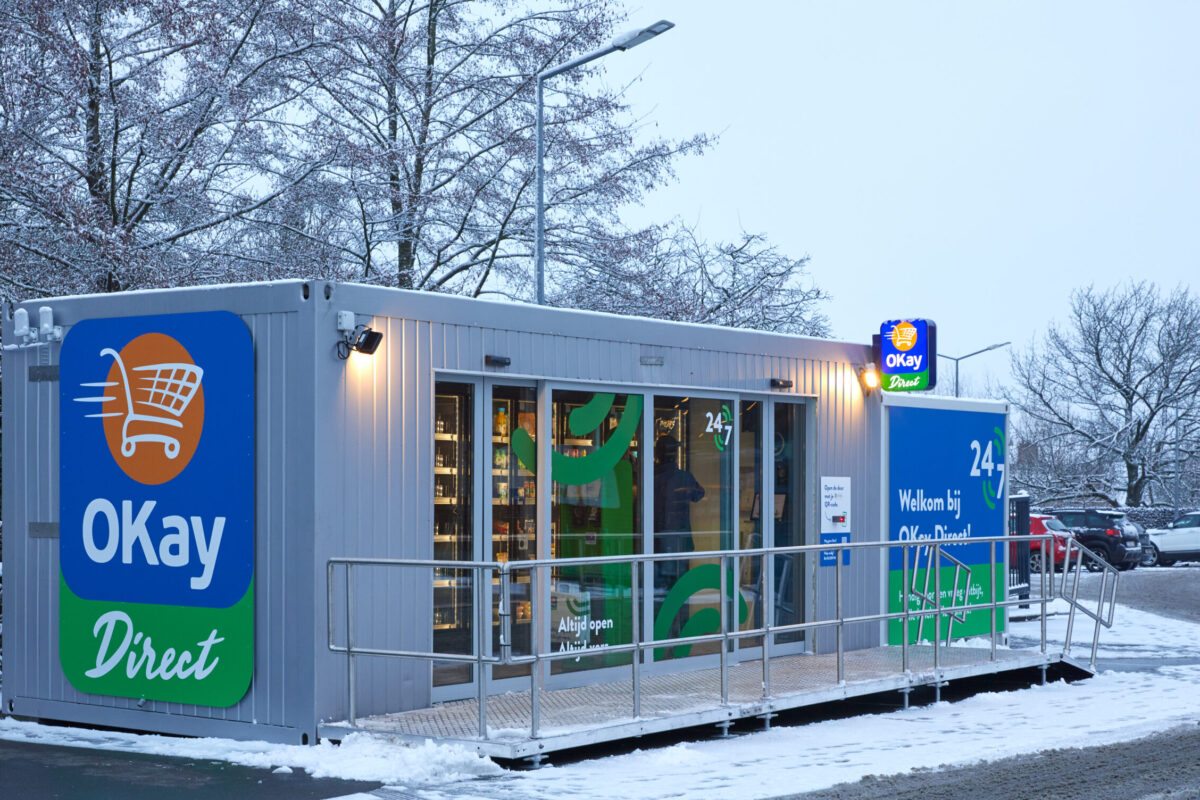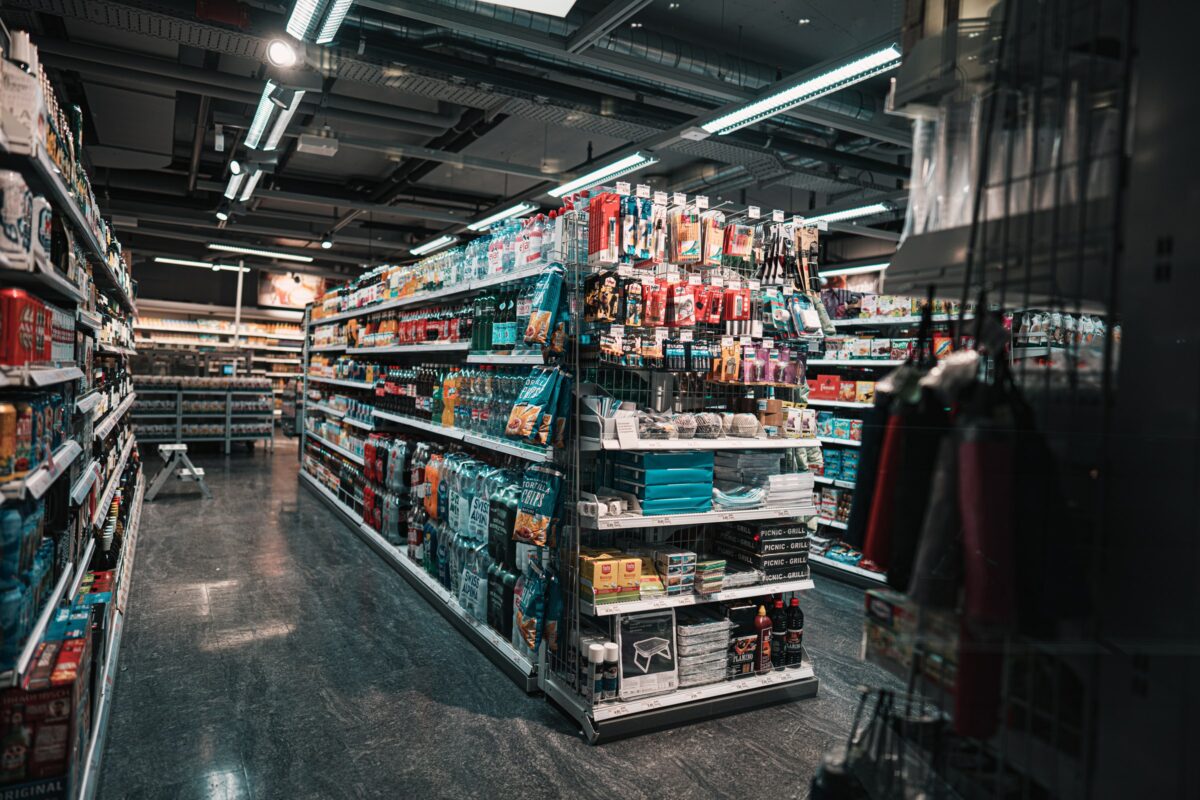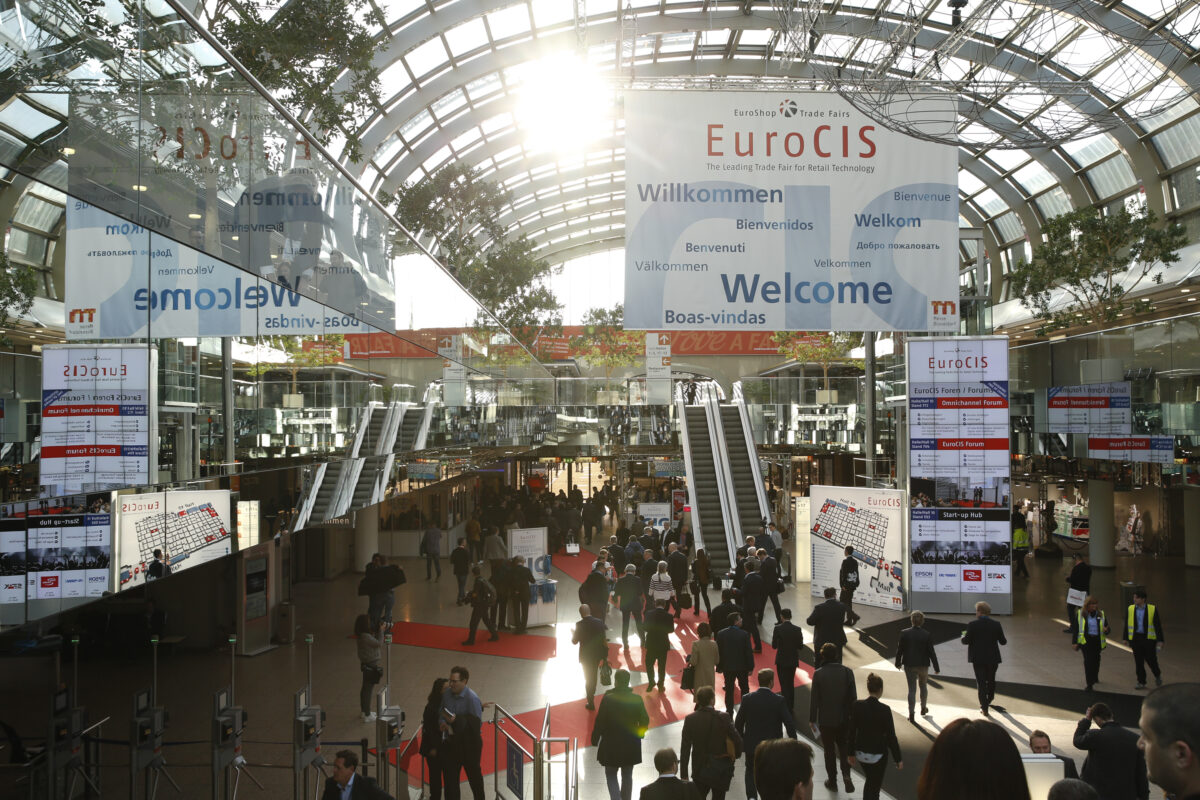A new security antenna system specifically designed for convenience stores
Retail security systems to prevent theft are a big concern for retailers. Large supermarkets and clothing stores install EAS antennas at the entrance and/or exit areas. Installing this type of feature proves more challenging for stores with a smaller footprint like convenience stores as physical space is limited. Checkpoint Systems has developed the new compact G40 acrylic antenna. In this interview, Miguel Garcia Manso, Business Unit Director Germany talks about past and present retail security systems and shares his vision for future shopping.
Online retail, shopping malls – how well do small-format convenience stores fare and how can they actually compete?
Miguel Garcia Manso: Convenience stores are widely accepted in Germany. Whether it’s online, the mall or a convenience store – all of these shopping options have one thing in common: they are convenient for the consumer in their own unique way. The advantage of convenience stores is that they tend to be nearby, are easily accessible and usually have longer shopping hours. I can quickly get there and buy something while I am “on the go” – at the gas station or at the train station, for example.
When we look at retail security ten years ago and today, what has changed?

© Checkpoint Systems
There are two major changes when it comes to retail security. The first aspect pertains to antenna performance, which has improved exponentially. Today’s devices enable a near-seamless detection up to an entrance width of 2.70 meters. The second aspect refers to the antenna design, which has changed significantly. These days, retail security can be elegant and stylish, where chic antennas match the store’s design theme, have a small footprint and take up little space. Some of them are practically invisible because they are integrated right into the checkout counter. What’s more, modern, connected EAS antennas can be serviced remotely via the Internet. Smart security solutions also mean fewer false alarms and more reliable, accurate detection of unpaid merchandise. Improved security tags and labels likewise result in fewer false alarms. Now it’s also possible to integrate sensor technology into the antennas for store analytics and to measure foot traffic. On the whole, there are more accessories to complement the antenna compared to ten years ago.
You have developed a compact EAS antenna that was specifically designed for convenience shops. What makes it stand out from other security systems on the market?
The new G40 acrylic antenna is smaller than other comparable retail security antennas, making it ideal for even the narrowest of store entrances. With its extremely small footprint, the antenna takes up less space than other EAS systems and is suitable for protecting smaller entryways typical of convenience stores without taking up precious retail space. It was specifically designed to fit into hard to protect, narrow areas, enabling it to protect stores that previously chose not to use EAS anti-theft devices as a result of limited space. The G40 antenna can be used anywhere from gas stations to to-go stores in the city center. Thanks to its transparent design, it seamlessly blends into the environment and is nearly invisible. The system lights up if it detects an unremoved security tag.
Care to share an expert tip with us? What is your advice for retailers that want to protect their stores against theft?
Retail loss prevention is an ongoing process. It takes more than one single security measure to reduce shrinkage. That’s why we always recommend a combination of solutions, which might include sensors, metal detectors, security tags or labels. These tools already deter many shoplifters. To get the most out of anti-theft security systems, I recommend collaborating with producers to add source-tagging anti-theft devices right at the point of manufacture. The products are then already labeled and arrive floor-ready at the store – optionally as a visible or invisible solution. Source tagging secures and protects the merchandise along the supply chain and ensures that the security labels are applied at the right spot and work without covering important product information. At the same time, source tagging ensures that retail staff won’t have to spend time applying an endless amount of security tags to products.
What will shopping look like in the future? Where do you still see room for improvement – both online and offline?
I could see myself buying everyday items in unmanned stores. This is already something that’s technically feasible thanks to smart security solutions and the corresponding app. As a customer, I choose the items I want, scan them and pay via the app. The anti-theft tags on the products unlock or deactivate automatically thanks to RF or RFID labels, and I can then leave the shop.
Interview by Katja Laska
First published at iXtenso – Magazine for Retailers




















